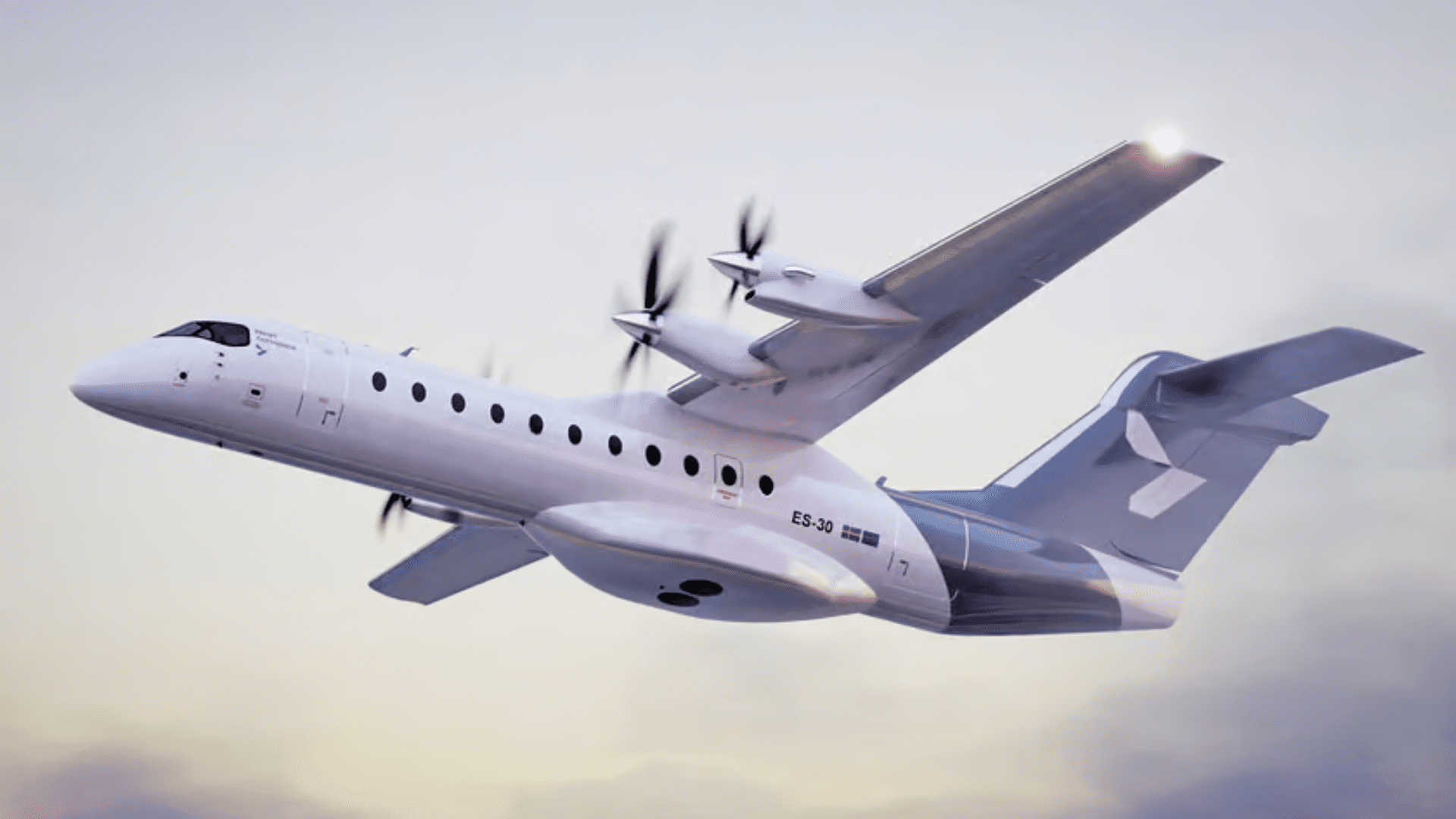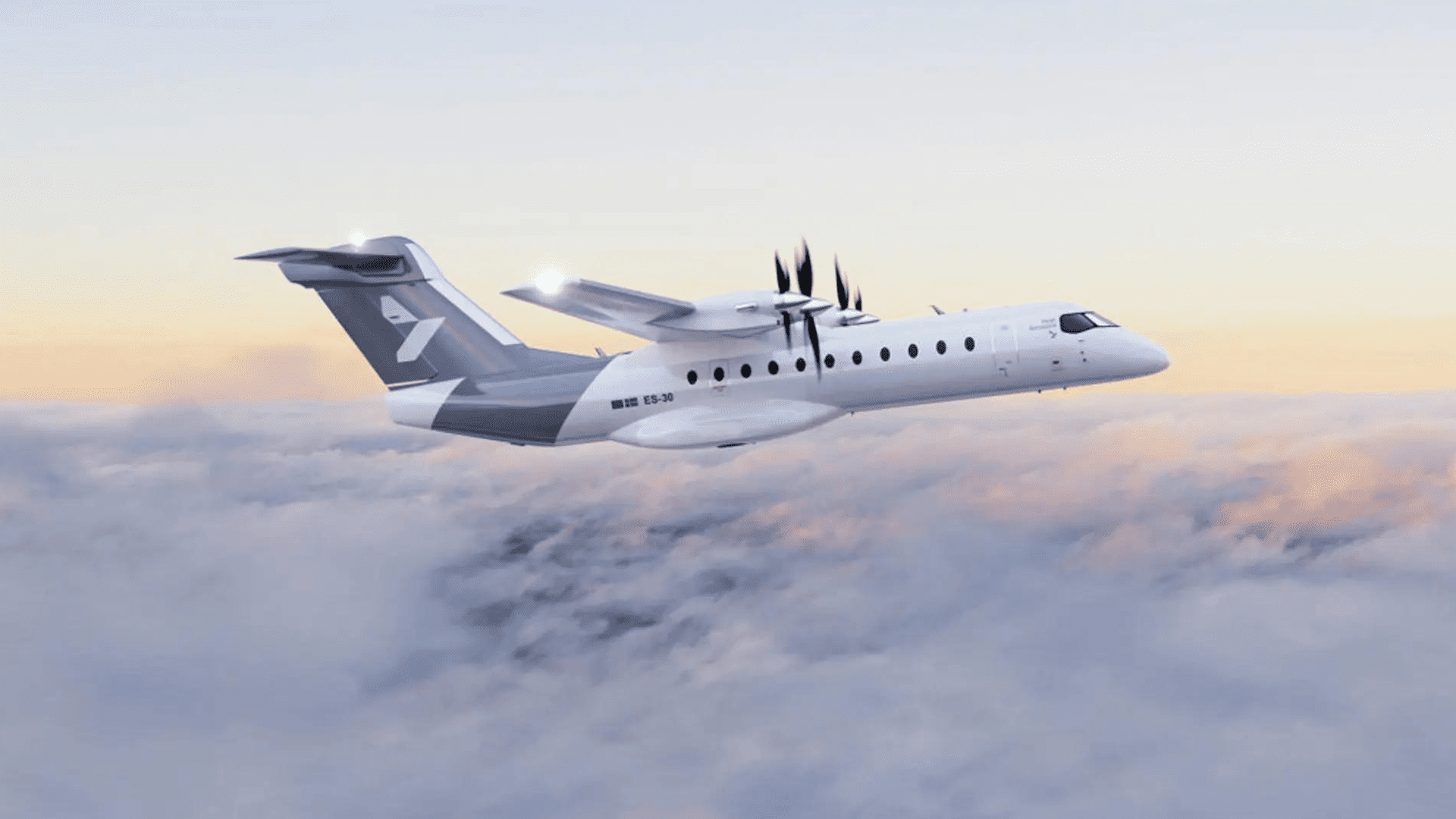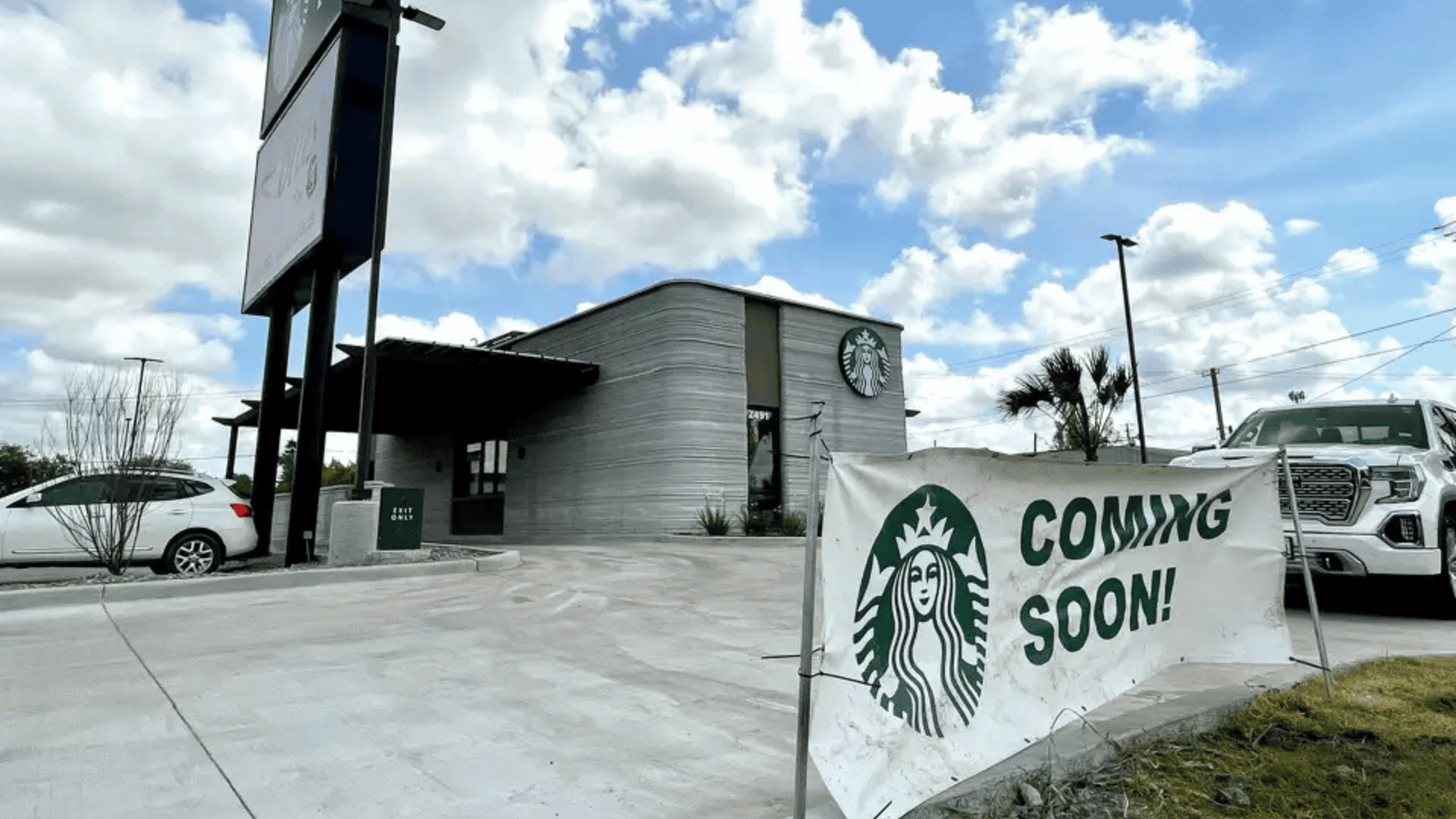Passengers could fly in an all-electric aircraft as soon as 2028. A startup aerospace company’s hybrid-drive ES-30 is planned to enter service then.
Heart Aerospace

In 2019, Swedish startup Heart Aerospace announced a 19-passenger, all-electric short-range airliner, the ES-19. However, that design went from 19 to 30 with the ES-20. The new design includes a “reserve-hybrid” layout. Heart Aerospace’s electric airliner has a projected battery range of 124 miles. Additionally, it includes an extended-range mode that allows farther travel.
Simply put, this means that for flights up to 124 miles, it uses two electric motors on each wing. For farther trips, up to 249 miles, two small turboprop engines located farther out on the wings kick into action. As a result, this extends the aircraft’s range. When the turboprops aren’t being used, they are angled parallel to the air for better aerodynamics. One charge of the batteries reportedly takes 30 minutes.
Reducing Carbon Emissions

Like other aircraft powered by alternative energy, the ES-30 has one goal: reducing carbon emissions. In addition to producing fewer emissions than traditional planes, Heart Aerospace wants to reduce operating costs and maintenance requirements. The company says the new concept is also quieter than its counterparts. Its electric motors quickly deliver a maximum torque, requiring a much shorter runway. These benefits mean the aircraft can take off and land in smaller, underserved communities or “pocket airports” in larger cities.
Corporate backers reportedly support Heart Aerospace heavily. So far, It Has raised $145 million in development funding from high-profile partners, including United Airlines, Air Canada, Saab, the European Investment Council, and Mesa Air Group.
According to Heart Aerospace, they have firm orders of 250 aircraft, along with the purchasing rights of 120 additional planes. Additionally, they have a letter of intent for 191 on top of that.







